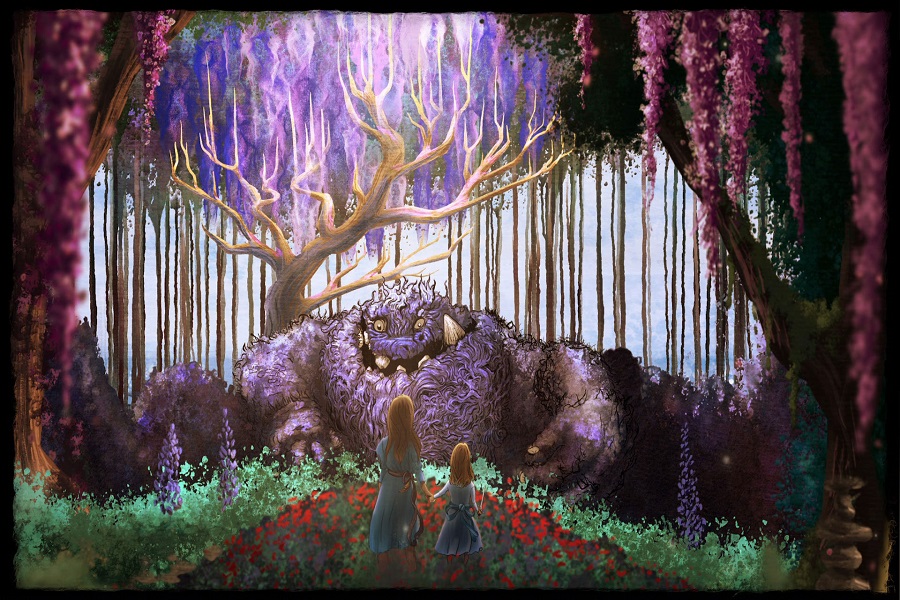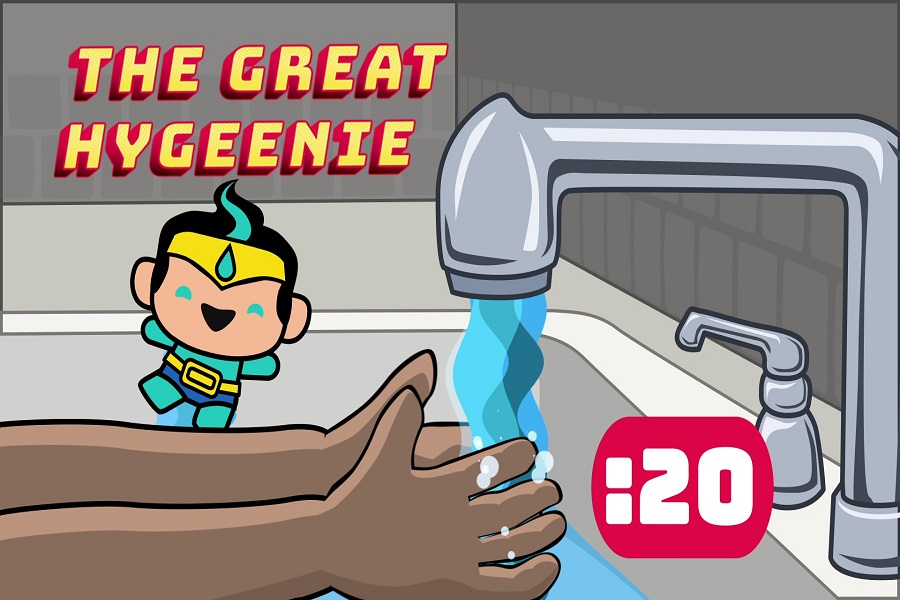As companies spend less money on advertising, animation studios become content creators in their own right.
Animation studios like Hinge in downtown Portland have seen a small uptick in projects as live-action shoots were forced to shut down.
Roland Gauthier, executive producer of Hinge, describes how a health care brand contacted the studio when shooting had to stop midway on a project. The video was educational in nature and the company wanted to have a narrator guide the audience through the video. With shooting halted, it needed a way to finish the project.
“Our solution was to animate the actress,” he says.
While animating a performer is not a solution Hinge employs often, the company has seen other projects that were originally live action come its way.

Hinge and Hill Holliday partnered on the Stay Here-O’s Coronavirus Response campaign for the Ad Council, CDC and HHS
Despite the new revenue, Hinge has not been doing more business than in non-pandemic times because companies are reducing their ad spend. But for animation companies, the outlook is more promising than for struggling independent film studios.
Although live-action film producers have found ways to work around social distancing and crowd limit requirements, including the use of phones and streaming devices to bring people virtually on set, production companies face bigger problems when it comes to testing for coronavirus and insurance coverage.
Insurance companies have already absorbed thousands of claims from television and insurance companies, leading some to stop insuring film sets and others charging double average rates. It is a production-killing cost for small and mid-level studios.
“The larger studios are going to be able to survive the added costs because they have a stream of revenue to do so. It’s the mid-level production houses who can’t operate,” says Tim Williams, executive director of Oregon Film.
“It’s a real shame because they are the ones doing so much interesting work.”
A bill being put together by New York Representative Carolyn Maloney tries to address the insurance problem. Called the Pandemic Risk Insurance Act, the bill is similar to the Terrorism Risk Insurance Act signed after the 9/11 terrorist attacks.
It would create a government backstop for pandemic coverage. The bill’s proponents hope it will be signed into law before the end of 2020.
COVID-19 has also led to a rise in the number of public service announcement projects, many of which found their way into animation studios.
Hinge has since worked with the Centers for Disease Control and Prevention on a project called “State Here-O’s,” depicting superheroes who teach children how to maintain hygiene, have remote playdates and encourage the sharing of feelings.
As Hinge continues to work on projects for Cartoon Network and Blizzard Entertainment, the company is helping employees develop internal projects. One is a new animated feature titled “The Hallowed Grove” – a first for the company.
Once enough of the project is completed, pitching to networks or streaming services becomes an option.

Image still from The Hallowed Grove, a Hinge original animated feature
Andy Collen, owner of Happy Trails Animation, says his studio is developing its own content in response to the pandemic. He says COVID-19 accelerated what was already a changing landscape in the animation industry.
As animation technology becomes increasingly advanced and companies focus on advertising internally, animation studios have begun to operate more like content creators, developing and pitching projects to companies as well as being contracted for high-speed fixes.
Animation software such as iClone 7 has made it possible to generate 3D images from photographs. As less technical expertise is required to generate high-quality animated images, studios will have to focus on their unique style while also being adaptable and finding their niche in an ecosystem in which companies increasingly behave like content creators.

Image: Hinge and Hill Holliday
“It used to be you needed one animator for hair, one animator for bones, another for wind,” says Collen. “Now you just need someone who is able to say, ‘Hey, the wind isn’t blowing the right way.’”
In addition to pitching and selling projects to companies, Collen expects boutique animation studios will also function similar to a racing car pit crew, solving problems quickly and efficiently.
Smaller studios will prevail in this new climate, he says. With fewer employees, faster turnaround and no need for a centralized office they can dramatically lessen costs.
If these trends continue and more content is developed in-house, animation studios will need to pitch ideas, stories and sequences, rather than market technical skills.
“That’s where your innovators and social media stuff comes in,” says Collen. “You need to think outside the box because the world is changing.”
To subscribe to Oregon Business, click here.






